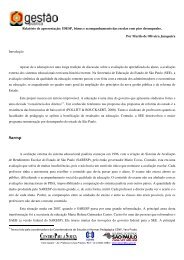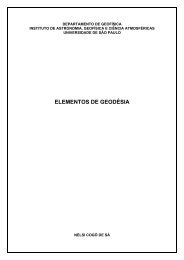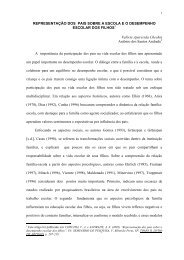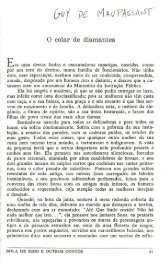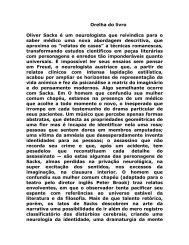A HISTORY OF MODERN IRAN - Stoa
A HISTORY OF MODERN IRAN - Stoa
A HISTORY OF MODERN IRAN - Stoa
Create successful ePaper yourself
Turn your PDF publications into a flip-book with our unique Google optimized e-Paper software.
xxii A political who’s who of modern Iran<br />
modarres, sayyed hassan (1870–1937) The main ayatollah<br />
opposed to Reza Shah. A member of the Majles since 1914, he was known<br />
chiefly as a parliamentary politician. He participated in the national<br />
government that opposed the Allies in 1914–18, was a vocal opponent<br />
of the 1919 Anglo-Iranian Agreement, and tried to stem the rise of Reza<br />
Shah. Banished to the provinces, he was eventually murdered there.<br />
Modern Islamists view him as one of their forerunners.<br />
mossadeq, muhammad (mossadeq al-saltaneh)<br />
(1881–1967) The icon of Iranian nationalism. From a long line of<br />
notables, he studied in Europe and had a successful career in government<br />
service until forced into retirement by Reza Shah. Returning to politics in<br />
1941, he gained fame first as an “incorruptible” deputy, and then as leader<br />
of the National Front campaigning for the nationalization of the Britishowned<br />
oil company. Elected prime minister in 1951, he promptly<br />
nationalized the oil industry and thus sparked off a major international<br />
crisis with Britain. He was overthrown by the military coup organized by<br />
the CIA in August 1953. Islamists distrusted him because of his deep<br />
commitment to secular nationalism.<br />
muhammad reza shah pahlavi (1919–80) Monarch overthrown<br />
by the Islamic Revolution. He was raised by his father to be first and<br />
foremost commander-in-chief of the armed forces. Ascending the throne<br />
in 1941, he successfully warded off generals and notables who tried to gain<br />
control of the armed forces. Consolidating power after the 1953 CIA<br />
coup, he ruled much like his father, using oil revenues to expand<br />
drastically the state as well as the armed forces. He died soon after the<br />
revolution – from cancer which he had kept secret even from his own<br />
family so as not to endanger his regime. He has been described as a<br />
“majestic failure.”<br />
navab-safavi, sayyed mojtaba mir-lowhi (1922–56) Founder<br />
of Fedayan-e Islam – one of the first truly fundamentalist organizations<br />
in Iran. The group carried out a number of high-profile assassinations<br />
between 1944 and 1952. It also made an attempt on Mossadeq’s main<br />
advisor and plotted to kill Mossadeq himself. It denied, however, having<br />
taken part in the 1953 coup. Safavi was executed in 1956 after an<br />
assassination attempt on the then prime minister. The far rightists<br />
among Khomeini’s followers deem Safavi as one of their forerunners.<br />
qavam, ahmad (qavam al-saltaneh) (1877–1955) Most<br />
notable of the old notables. A court-supporter of the 1906 revolution – the



